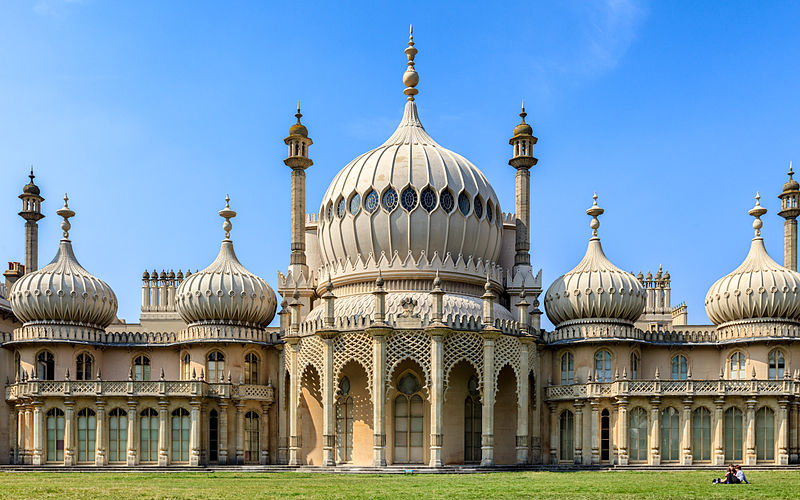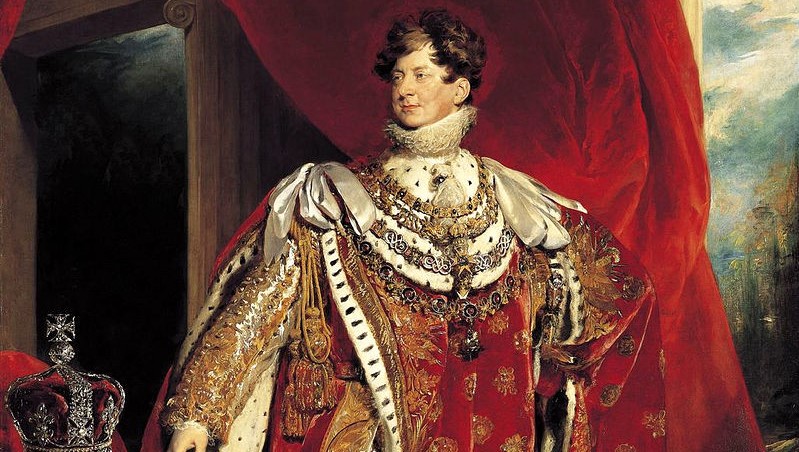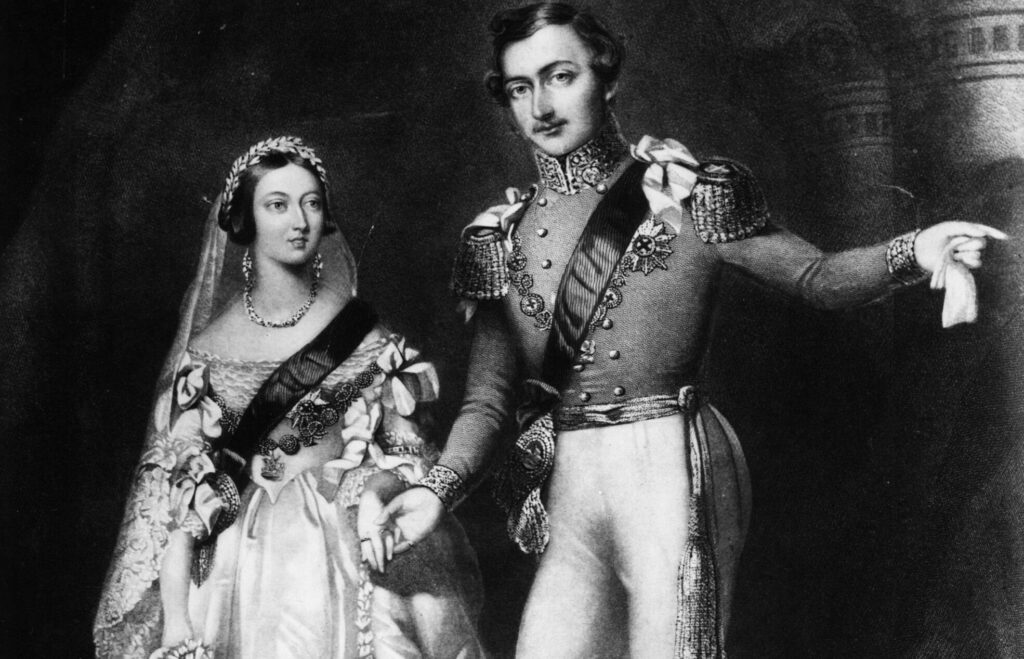
The Royal Family have been spending their summers at the Balmoral Estate for over a century and half now, with their Scottish holiday a highlight of the year. However, Scotland has not always been the favoured vacation spot. Although no longer a royal home, the luxurious Brighton Pavilion (also known as the Royal Pavilion) was once a favourite of King George IV and King William IV.
A summer home built with luxury in mind
George IV, when Prince Regent (and known by his friends as ‘Prinny’,) lived a more-than-extravagant lifestyle, one that included excessive eating and drinking.
By the 1780s, the prince’s physician recommended that he spend time near the sea for his health- he stayed in Brighton for a spell and it quickly became one of his favourite places.

Notably, the future King George IV was a man of very expensive tastes; his 1821 coronation is the most expensive in British history. So, a home in Brighton would be at the height of luxury without a question.
In the late 1780s, the Prince Regent bought a home in Brighton and quickly had architect Henry Holland design additions. Although there was another addition in 1801-1802, it was the addition in the early 1820s that made it what it is now.
The world famous architect hired to build a royal dream home
King George hired Regency favourite John Nash to redesign the Royal Pavilion in Brighton, drawing on very popular Indo-Islamic styles. The interior was even more elaborate than the exterior, with a great deal of Chinese, Indian, and Islamic art and design used.

(Wikimedia Commons/Qmin/CC BY-SA 3.0)
George was at the heart of society, and his group of friends were the height of fashion. He spent a great deal of time in Brighton, joined by those who wanted to be in his favour.
His younger brother, King William IV, also spent time in Brighton, though he was incredibly frugal by the time he took the throne and lived a much simpler life.
Queen Victoria strips the pavilion bear
It was Queen Victoria who finally made the decision to sell the pavilion. Her growing family needed more space, she found the interior decoration style to be excessive, and she felt that Brighton was too busy.

By the time the pavilion was sold in 1850, her home on the Isle of Wight had almost been finished. The government purchased the pavilion, though only after Queen Victoria had removed everything first.
Visitors can now explore the Brighton Pavilion, as it is open as a museum.

